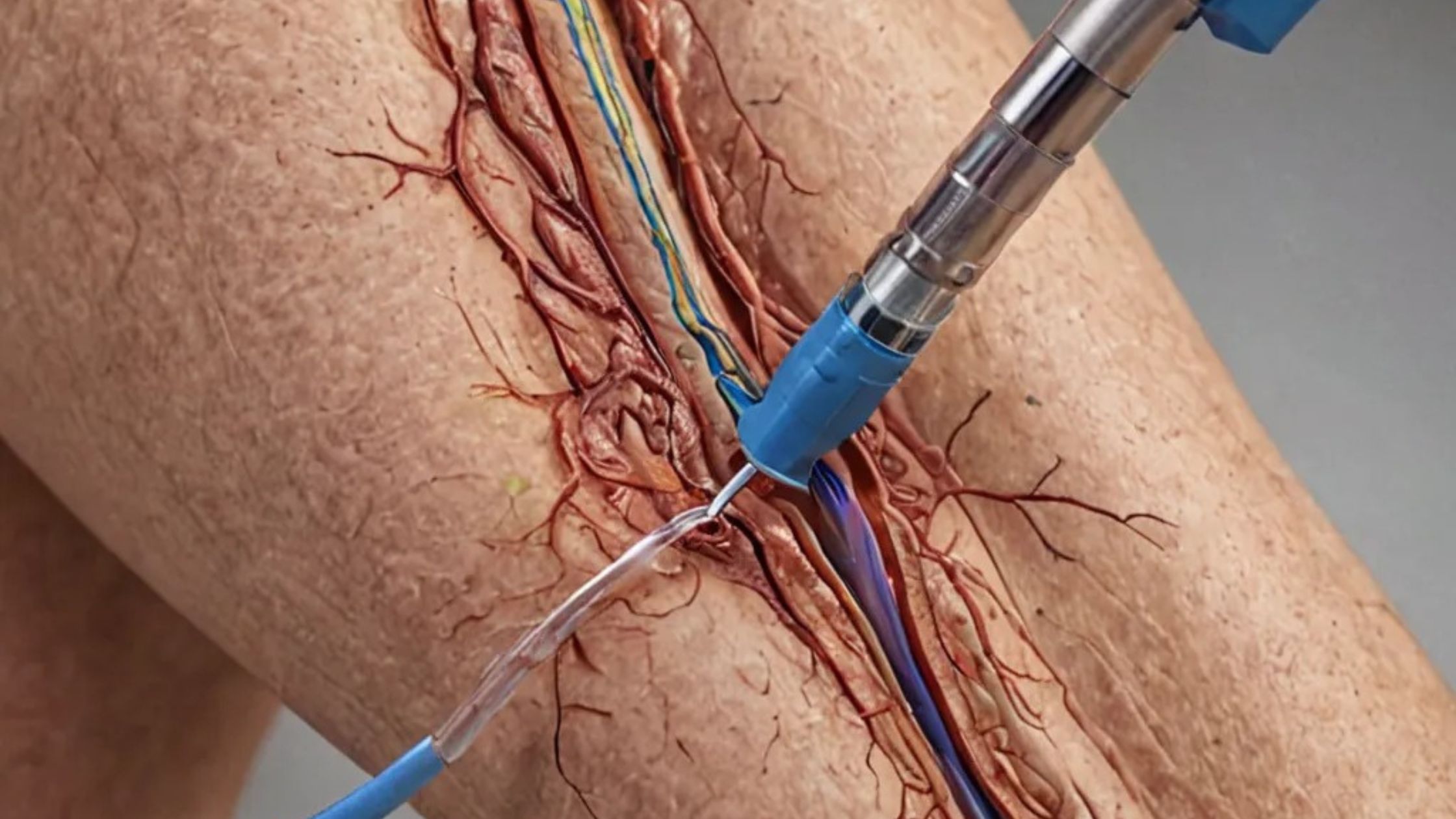Vein Ablation is a medical process used to treat varicose veins off of heat or laser. Although it’s usually safe, sometimes complications can occur. For example, some people may have nerve damage, which can lead to tingling or numbness in the leg. Others may develop blood clots, which can be dangerous when reaching the lungs. Where treatment was performed, there is also a slight possibility of infection, burning or injury. In rare cases, the treated vein can re-open, which can make the problem come back.
Doctors try to prevent these problems by checking the patient’s health before the procedure and using special devices carefully. After treatment, wear compression stockings and often walking can help avoid problems. Most people fix it, but it is important to keep an eye on symptoms like inflammation, pain or redness and tell a doctor immediately. Even though complications look scary, they’re not often and vein separation usually helps people feel better. If you or your someone is considering familiar vein separation, it’s important to understand potential risks.
In this article, we’ll discuss:
- What vein ablation is?
- Common side effects
- Rare but serious complications
- What happens if vein ablation gone wrong?
- How to reduce risks?
What Is Vein Ablation?
Vein Ablation is a minimally invasive process in which heat (laser or radiofrequency) is used to close damaged veins. This helps to redirect blood flow to healthy veins, which can reduce pain and inflammation caused by varicose veins.
Types of Vein Ablation:
- Radiofrequency Ablation (RFA) – Uses heat from radio waves
- Endovenous Laser Ablation (EVLA) – Uses laser energy
- Mechanochemical Ablation (MOCA) – Uses a rotating wire and a special solution
Common Vein Ablation Side Effects
Most side effects are mild and go away within a few days or weeks. These include:
Bruising and Swelling
- After the process, the treated area may look bruised or swollen.
- It’s normal and usually heals in 1-2 weeks.
Mild Pain or Discomfort
- Some people feel soreness where the vein was treated.
- OTC pain relievers like ibuprofen can help.
Skin Discoloration
- The skin near the treated vein might look darker (hyperpigmentation).
- This usually improves over time.
Tingling or Numbness
- Some patients report a “pins-and-needles” feeling near the treated vein.
- This happens if small nerves near the vein are irritated.
Tightness or Hardening of the Vein
- The closed vein may feel like a firm cord under the skin.
- This is normal and softens over weeks or months.
Rare but Serious Vein Ablation Complications
While most people recover without any problem, some can have more serious problems. These complications are rare but it’s important to know about them.
Infection
- Any medical procedure carries a small risk of infection.
- Signs include redness, warmth, pus or fever.
- Doctors prescribe antibiotics if this happens.
Blood Clots (Deep Vein Thrombosis – DVT)
- Blood clot can be formed in a deep vein, usually in the leg
- Symptoms like, severe pain, swelling, redness, or warmth in the leg
- If not treated, the clot can reach lungs (palmonary ambolism), which is a threat to life
Nerve Damage
- The heat generated from ablation can sometimes irritate nearby veins.
- This may cause temporary or, in rare cases, long-term numbness or burning pain.
Burns or Skin Damage
- If the heat is too strong, it can burn the skin.
- Proper technique by an experienced doctor reduces this risk.
Reopening of the Treated Vein (Recanalization)
- Sometimes, the closed vein reopens, causing varicose veins to return.
- A second treatment may be needed.
What If Vein Ablation Goes Wrong?
While uncommon, some patients experience “vein ablation gone wrong” scenarios, such as:
Severe Pain That Doesn’t Go Away
- Some people have chronic pain due to nerve irritation.
- Physical therapy or medications may help.
Worsening of Varicose Veins
- If the procedure fails, veins may become more swollen and painful.
- Additional treatments (like sclerotherapy) might be needed.
Allergic Reactions
- Rarely, patients react to anesthesia or numbing agents.
- Doctors monitor for rashes, swelling, or breathing problems.
How to Reduce Risks of Vein Ablation Complications
To lower the chances of problems:
- Choose an Experienced Doctor – A skilled vein specialist reduces risks
- Follow Pre-Procedure Instructions – Such as avoiding blood thinners
- Wear Compression Stockings – Helps with healing and blood flow
- Stay Active (But Avoid Heavy Exercise) – Walking helps circulation
- Watch for Warning Signs – Report severe pain, swelling, or fever to your doctor
Conclusion
Vein ablation is a safe and effective treatment for varicose veins that typically helps many patients. However, it is important to know that like any medical procedure, it can have some side effects and complications. Most people recover, but sometimes, vein ablation can go wrong. In rare cases, complications can include serious problems such as blood clots or nerve damage. To minimize these risks, it is important to choose a qualified practitioner and follow the care instructions very closely. By doing so, you can achieve healthy, pain-free legs and improve your overall health.
